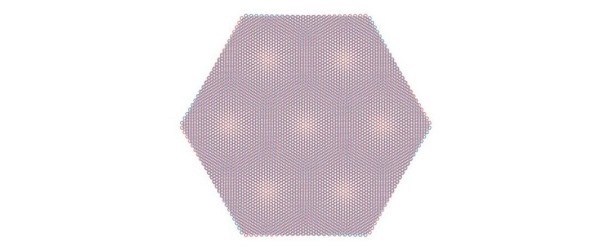Twisted Graphene Will Open New Doors for Quantum Computing

(SOMagNews) Researchers from MIT and the giants Google and IBM were able to transform twisted graphene into functional devices, including superconducting switches like those used in various quantum machines.
The achievement continues studies in 2018, the year in which scientists piled 2 microscopic letters of carbon sheets with an atom of thickness and twisted them slightly. Then they applied an electric field to the project and then saw the “magic” happen.
The novelty has everything to become a tool through which it is possible to capture and control individual electrons and photons. “The idea that this platform can be used as a universal material is not fantasy and is becoming a fact,” says Cory Dean, a physicist at Columbia University, whose laboratory was one of the first to confirm the superconducting properties of the experiment.
Going further in the achievements, the MIT group created submicroscopic gadgets to demonstrate the versatility of the invention, which, tuning the carbon in a conductive-insulating-superconducting configuration, is capable of measuring the strength of the bonding of the electron pairs. In addition, they developed a transistor that controls the movement of a single particle.
In any case, graphene devices with a magic angle should not represent an immediate danger to the silicon industry, as they require cooling close to absolute zero to superconduct, and it is not known how to maintain the precise twist.
“If you wanted to make a really complex device, you would have to create hundreds of thousands of [graphene substrates] and that technology doesn’t exist,” explained Pablo Jarillo-Herrero, the research leader.
However, this does not discourage scholars, since the material could eliminate barriers of common chemical reactions in the solutions we have today, as well as open new doors for quantum computing and even space, as they would assist astronomers in their projects.


















